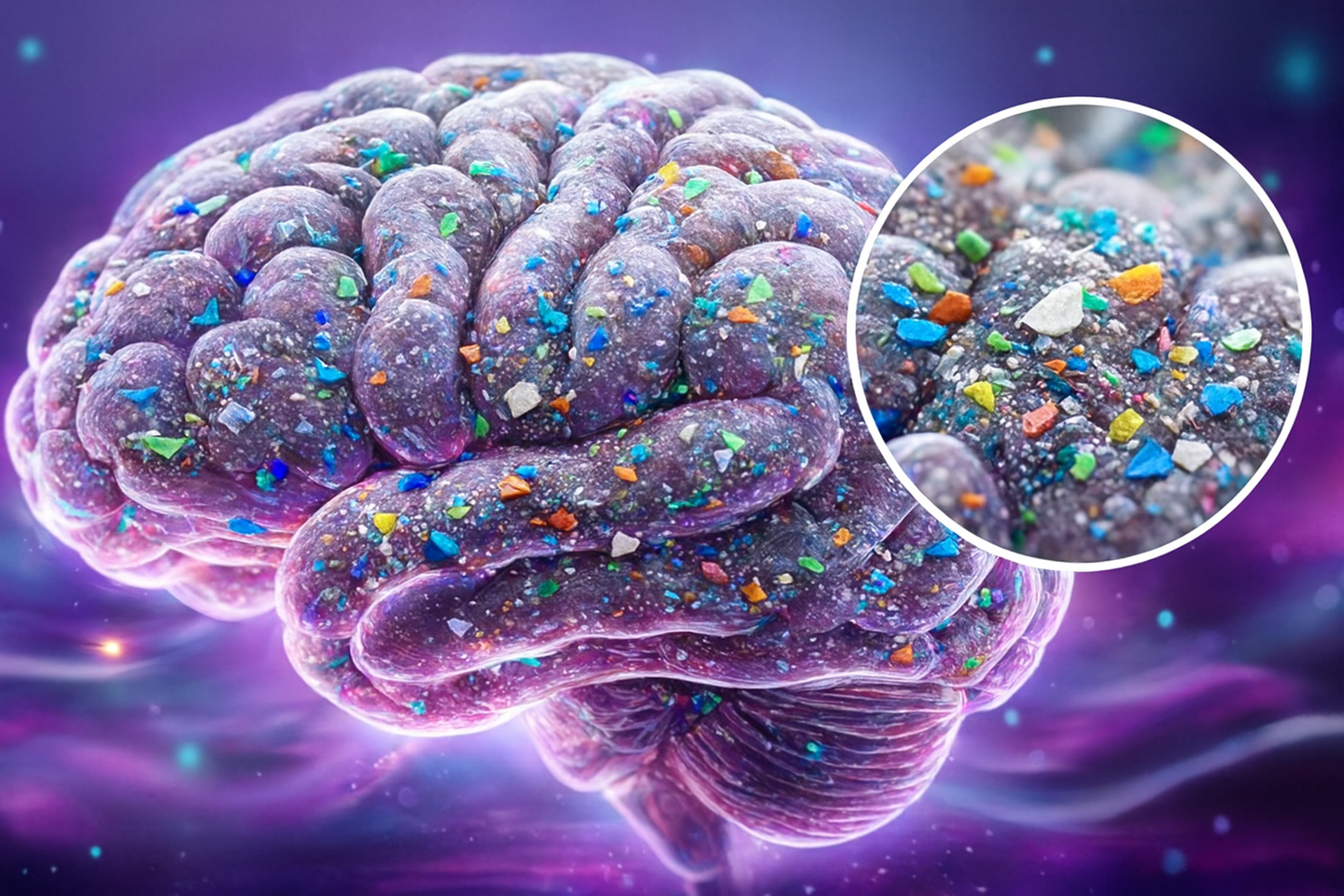Breakthrough ‘anti-spice’ reduces the heat of fiery foods
Three natural compounds in chili peppers reduce their heat, opening the door to gentler spice and pain relief options.

Scientists discover three natural compounds in chili peppers that reduce spiciness, offering food and pain relief possibilities. (CREDIT: CC BY-SA 4.0)
Chili peppers are famous for their heat. That fiery sensation on your tongue comes from compounds known as capsaicinoids. These chemicals trigger pain and heat receptors in your mouth, causing what scientists call a “chemesthetic” reaction. But now, researchers have uncovered something surprising: not all the heat you feel comes from capsaicin alone. In fact, some natural chemicals in peppers might cool the burn.
This discovery, published in the Journal of Agricultural and Food Chemistry, challenges the long-held idea that pepper heat is all about capsaicinoid content. A research team at The Ohio State University, led by food science professor Devin Peterson, has found three specific compounds that can reduce the feeling of spiciness. The findings open up new possibilities—not just for people who like their food milder, but also for new approaches in pain relief and pepper breeding.
Heat Beyond the Scoville Scale
For more than a hundred years, the Scoville Heat Unit (SHU) scale has been the go-to method for rating chili pepper heat. SHU scores are based on how much capsaicin and dihydrocapsaicin a pepper contains. These are the two main types of capsaicinoids, the chemical family responsible for spiciness.
But something didn’t add up. Peterson and his team analyzed ten different chili pepper cultivars, all dried and ground into powders. They standardized each to have the same SHU rating and mixed the powders into tomato juice. Then, a trained tasting panel was asked to judge how spicy each sample tasted.
Even though the chemical analysis showed equal heat levels, tasters experienced noticeable differences.
“They’re all in the same base and all normalized, so they should have had a similar heat perception, but they didn’t,” Peterson said.
That meant other compounds must be altering the sensation of heat—either enhancing it or muting it.
Related Stories
Unlocking the Chemical Clues
To find out what was behind these differences, the researchers used a method called flavoromics. It’s a type of advanced chemical analysis that doesn’t target specific compounds but instead looks at the big picture. By combining chemical profiles with sensory feedback, scientists can identify patterns and potential modulators of taste.
The team used liquid chromatography and mass spectrometry to break down each pepper’s chemical makeup. Then they ran statistical models to link these chemical signatures with the taste panel’s responses. Five compounds stood out as being strongly linked to a decrease in perceived heat.
Next came a half-tongue taste test. This method allowed tasters to compare a pepper’s heat with and without one of the candidate compounds, tasting one sample on each side of the tongue. That test narrowed the field to three clear winners: capsianoside I, roseoside, and gingerglycolipid A.
High-resolution mass spectrometry and nuclear magnetic resonance analysis confirmed the identity of these compounds.
Nature’s Anti-Spice
What makes these three molecules special is their ability to block or reduce the pain signal triggered by capsaicinoids. They act on TRPV1 receptors, the same pain sensors that register spicy heat in your mouth. These receptors are also found throughout the body and are targets for pain relief therapies.
Capsaicin creams already use this principle. The heat from capsaicin overstimulates pain receptors until they become desensitized. After that, the pain goes away. But there’s a downside—you have to endure the burn first.
That’s where the newly identified compounds come in. They might help desensitize these receptors without the initial burn, offering a gentler path to pain relief. It’s a potential game-changer for people who suffer from chronic pain or inflammatory conditions.
“We think there’s an application for these compounds in pain management,” Peterson said. “The same biological receptor that gets activated by chili pepper compounds in your mouth is found in nerve cells throughout your body.”
Taming the Burn at the Table
Beyond medicine, these discoveries could also change how food is made and enjoyed. For households with different spice tolerances, the concept of a natural “anti-spice” seasoning could be very useful.
“If you’re at home and you’ve ordered cuisine that has spice to it that’s a little too hot for some tastes, you can just sprinkle on a form of chili pepper that has got these suppressant agents in them that will dial it down,” Peterson explained.
This approach could allow food producers to fine-tune spicy products more precisely, giving people a wider range of heat levels. It could also help breeders develop pepper varieties with more predictable heat profiles—some designed to bring the fire, and others to soothe it.
From a broader perspective, this work helps us understand why flavor matters so much.
“What is maybe underappreciated from a science perspective is how important food flavor is to your dietary patterns and your enjoyment in life,” Peterson said. “So part of what we focus on is, how do we make healthy eating less difficult?”
Beyond the Heat
There’s more to chili peppers than just setting your mouth on fire. While capsaicin gets all the attention, it’s only part of the story. Other chemicals in peppers can adjust how intense the heat feels. This adds new depth to how people experience spicy foods—and how scientists study flavor.
Flavor modulators are tricky to identify. They don’t always have flavor on their own, which makes them hard to detect using older methods. That’s why flavoromics is such a powerful tool. It blends chemistry, sensory data, and machine learning to find hidden compounds that affect taste and perception.
By uncovering capsianoside I, roseoside, and gingerglycolipid A, the Ohio State team has opened a door to new questions. How exactly do these compounds interact with TRPV1 receptors? Could they be used in pain creams or medications? Will they appear in the spice aisle of your grocery store one day?
What’s clear is that this research doesn’t just help you understand why some peppers burn more than others. It also shows how small molecules can have big effects on both food and health.
Note: The article above provided above by The Brighter Side of News.
Like these kind of feel good stories? Get The Brighter Side of News' newsletter.



